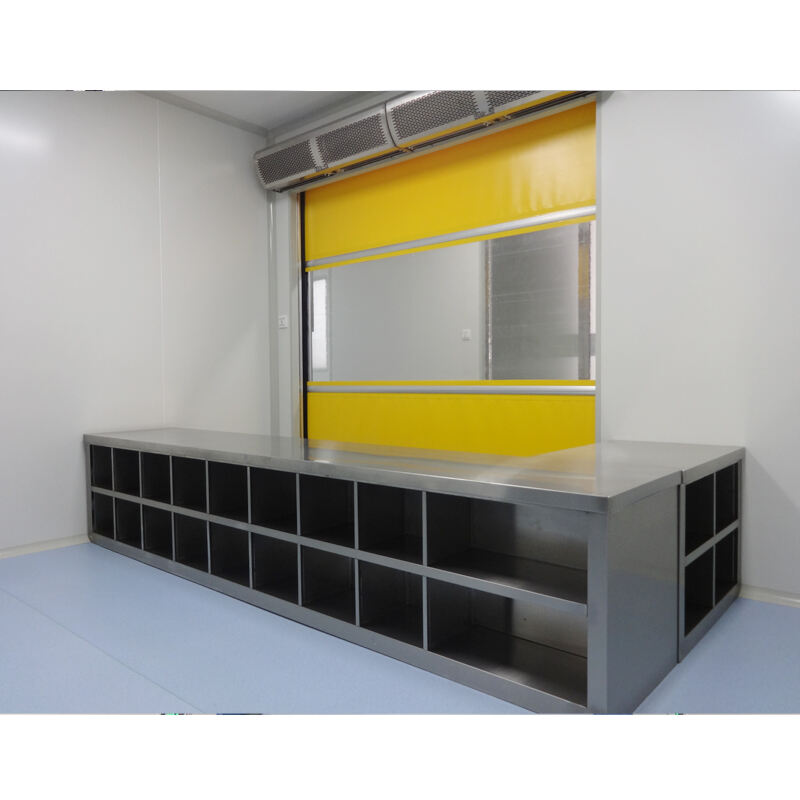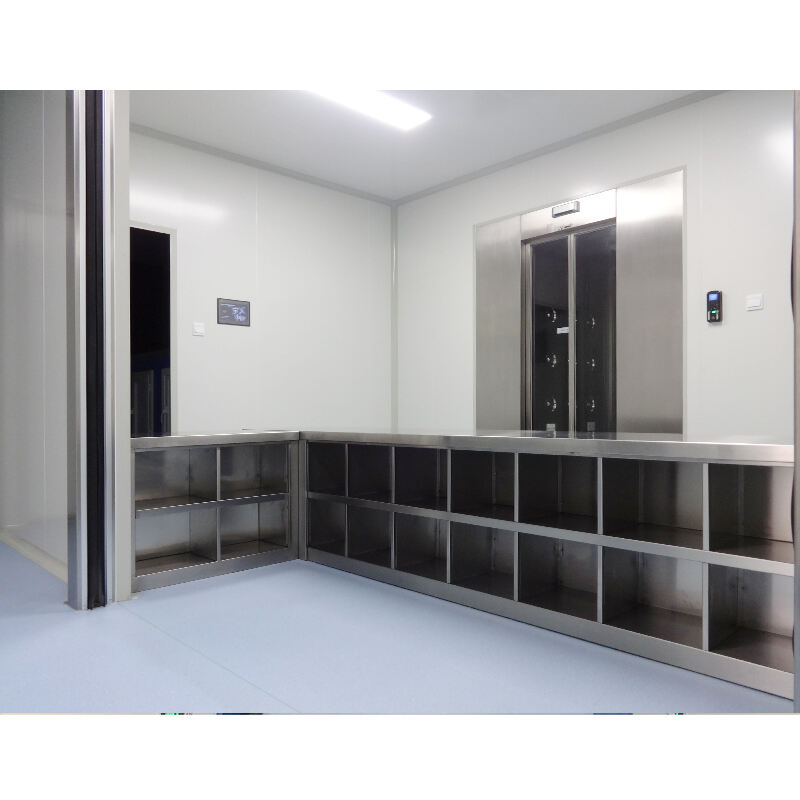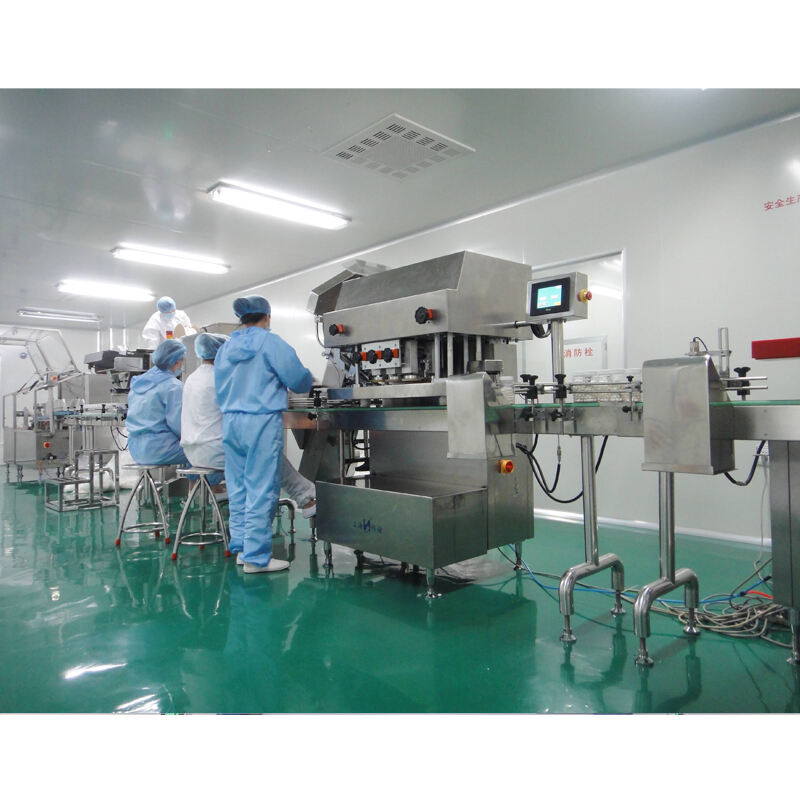industrial clean room
An industrial clean room represents a controlled environment engineered to maintain extremely low levels of particulates, such as dust, airborne microbes, aerosol particles, and chemical vapors. These specialized facilities are essential in manufacturing processes where environmental pollutants could adversely affect product quality. The room employs sophisticated air handling systems, including HEPA filters and precise air pressure controls, to maintain cleanliness levels that meet ISO standards. The design incorporates smooth, non-porous surfaces that resist particle accumulation and facilitate thorough cleaning. Advanced monitoring systems continuously track environmental parameters such as temperature, humidity, air pressure, and particle counts. Personnel access is strictly controlled through airlocks and gowning rooms, where workers don specialized clean room garments. The facility's layout optimizes workflow while minimizing contamination risks, featuring strategically placed workstations and equipment. These rooms are vital in industries such as semiconductor manufacturing, pharmaceutical production, biotechnology research, and aerospace component assembly, where even microscopic contamination can compromise product integrity.


